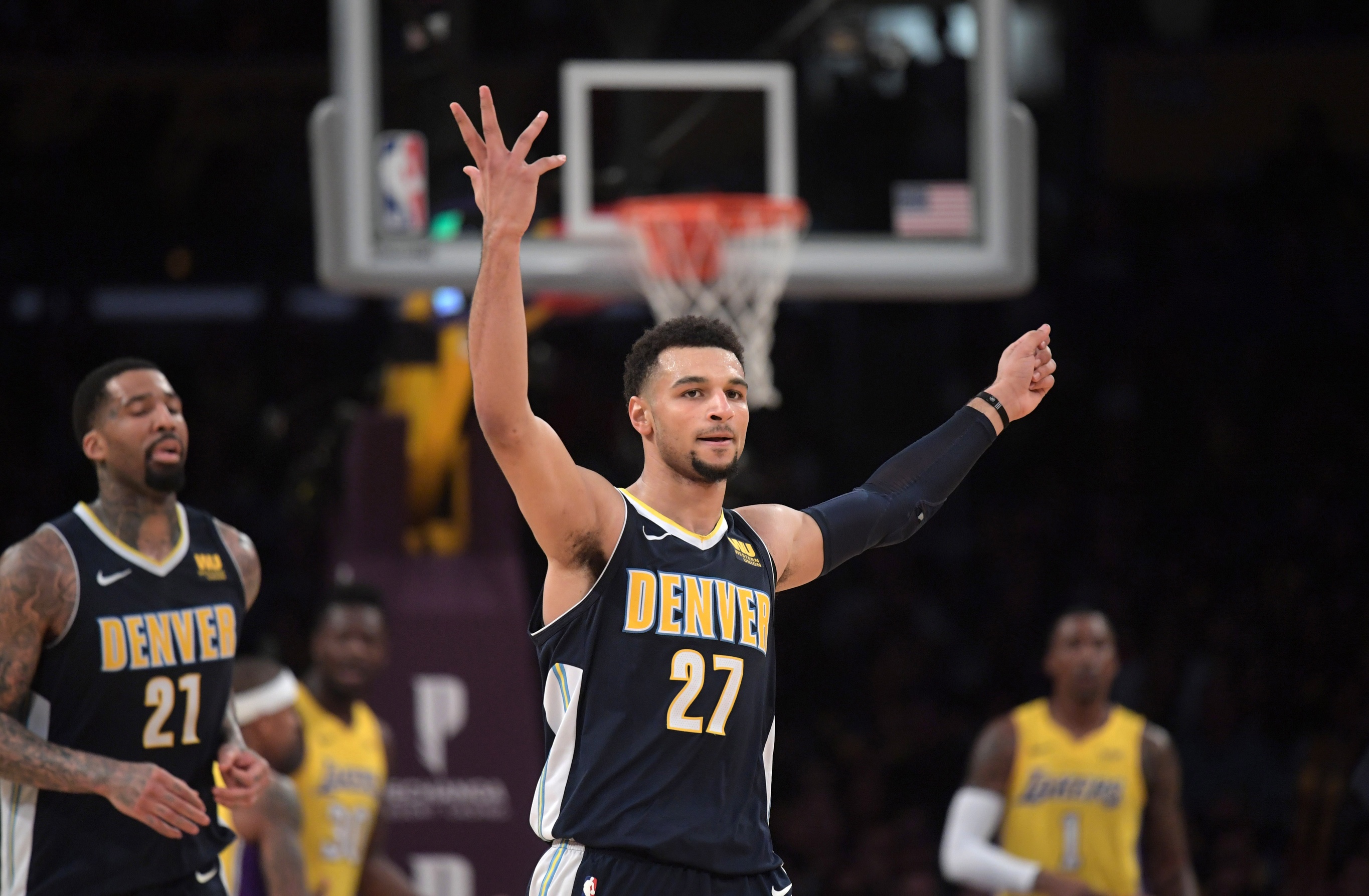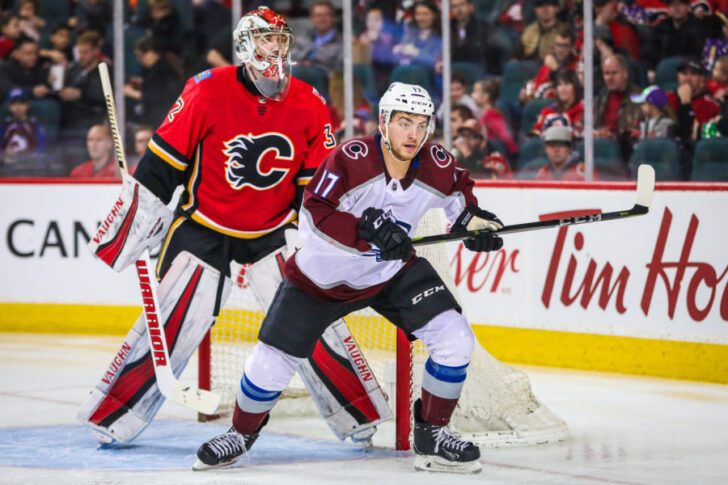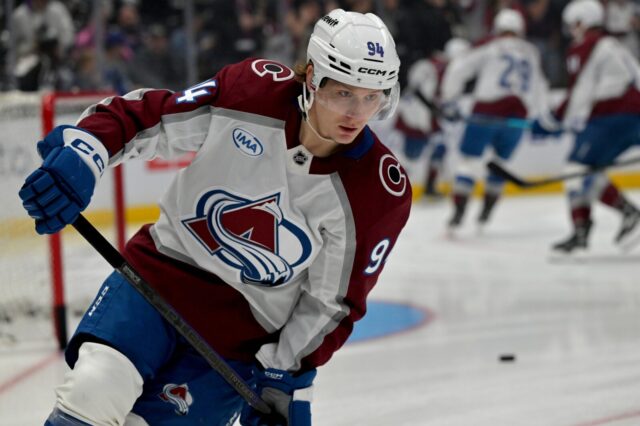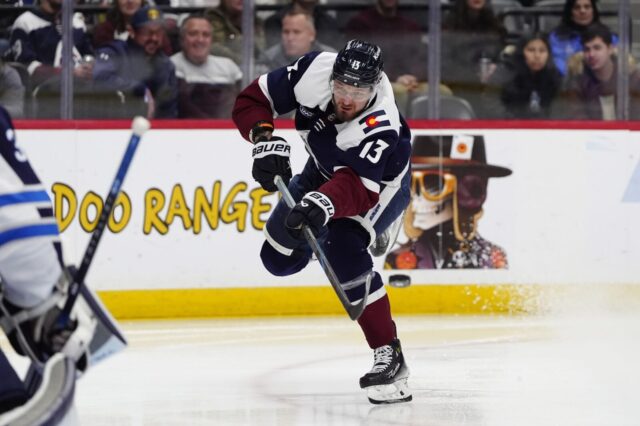As March Madness approached, the recent revelations that NCAA basketball might not be the purest athletic athletic endeavor on the planet shocked nobody.
Nobody, that is, except the most blinkered and naive.
Right?
The initial reaction wasn’t outrage as much as it was a collective shrug of shoulders, at least about the basketball aspect, before getting to the issue of whether the FBI should have been dealing with issues of more importance.
Beyond that, the discussion often turned to the phenomenon of “one and done” in college basketball.
The zeal to land those difference-making prep phenoms who likely will have the opportunity to declare themselves eligible for the NBA draft after one season often is at the heart of the excess. Some AAU coaches and agents also act as the, well, tour guides.
I’ve covered both the major college and pro games, in both basketball and hockey. It’s interesting — and many of the college game’s defenders have pointed this out — that one and done isn’t limited to NCAA basketball. It happens in NCAA hockey, too.

Nuggets guard Jamal Murray (27) celebrates after a three-point hoop against the Lakers Tuesday. The Avalanche’s Tyson Jost (pictured above) and Murray both played one season collegiately — Jost at North Dakota, Murray at Kentucky. Credit: Kirby Lee-USA TODAY Sports
In fact, as the Nuggets and Avalanche both seek to secure playoff berths, there are five players on the Kroenke Sports rosters who were first-round draft choices, played one collegiate season and then walked away from the campus and turned pro.
Three of them are Nuggets — Jamal Murray and Trey Lyles, both of Kentucky, and Malik Beasley of Florida State.
Two are Avs — Erik Johnson of the Minnesota Gophers and Tyson Jost from North Dakota.
It gets a bit complicated in the hockey system, since players who end up in college hockey for at least a year deliberately have avoided major junior hockey, which the NCAA considers toxic to eligibility because of the stipends involved. (I won’t even begin to get into the hypocrisy involved there.) Major junior still is the top North American feeder to pro hockey, but NCAA hockey is a close second — with the additional educational and lifestyle advantages over the frequently exploitative major junior game.
This doesn’t really have much to do with the one-and-done point, but it’s at least interesting. . . or ironic. Three of Denver’s five are Canadian-born, and two of those three (Murray and Lyles) are on the Nuggets.
The difference is what makes the NHL system so much more pragmatic and, in my opinion, better. Hockey fans, bear with me. . . if you’re still here. This isn’t meant to be remedial, but a comparison.
What I’m about to outline is the general system, and there are exceptions and loopholes I’m not going to explain in disclaimer small print or fast speech.
Johnson and Jost played their single collegiate seasons after they were drafted — Johnson by the St. Louis Blues as the first overall choice in 2006, and Jost by the Avalanche at No. 10 overall in 2016.
If they had stayed one or two additional seasons, the NHL teams would have retained their rights. Those freshman seasons were viewed by all, including the Blues and Avalanche, as part of the development process.
The NHL initial draft age is 17 or 18, depending on the specific birthdate, regardless of where the prospects are playing. And that can run the gamut from the major junior, junior, NCAA or European games. Only the most elite of the picks sign and go straight to the NHL. That was the case with Colorado choices and current Avalanche players Nathan MacKinnon and Swedish captain Gabe Landeskog, who both played major junior. Otherwise, it’s draft, watch and wait as draft choices generally stay where they are or progress in the hockey development chain.
Examples: Jost was coming off two full seasons with the Penticton Vees of the British Columbia (junior) Hockey League when the Avalanche drafted him, and then he moved on to the college game for one season. Colorado’s 2017 first-rounder, at number 4 overall, was defenseman Cale Makar, and he had been in junior with the Brooks Bandits of the Alberta Hockey League for two seasons before the Avs claimed his rights. As expected, this season he played as a freshman for Massachusetts, and that was fine with the Avs.
When or if a prospect is deemed ready (or inclined) to sign — and that can be at any point of the collegiate stay — he signs.
While prospects are playing in college, schools openly and proudly display which NHL teams have drafted their players. NHL executives and scouts are in the press box and outside the locker room after the games, checking out and touching base with their draft choices and also checking out the draft-eligible or undrafted players on the ice. DU, the defending NCAA champion, for example, lists the handful of Pioneers who have been drafted, including Olympian Troy Terry (Anaheim), Henrik Borgstrom (Florida) and Dylan Gambrell (San Jose).
In light of the NCAA’s apparent horror when basketball players prematurely deal with agents, it’s hilarious to note that NCAA hockey standouts have “advisors” — and, in an amazing coincidence, those “advisors” happen to be agents. That’s farcical, but an accommodation to reality.
The catch is that NHL draft choices who play full four-year careers become unrestricted free agents if they haven’t signed by August 15 after their senior seasons. That’s how the Avs lost the rights to DU’s star defenseman Will Butcher, but recovered by signing seniors Alexander Kerfoot (drafted by New Jersey) and Dominic Toninato (drafted by Toronto).
With high school seniors unable to enter the draft, and with one year of college ball (or the equivalent wait) required, the NBA actually wasn’t as noble in going along as it was embracing a way of better evaluating elite young talent against better competition — for at least a year.
Evaluating phenoms playing against Buchanan High is riskier than scouting them against Villanova.
Here’s how to get the best of both worlds: Emulate the NHL system and make the initial universal NBA draft age 18 while adding rounds, if feasible.
So, as you’re watching March Madness, you’re being reminded which NBA teams own the rights to the top players. The most savvy organizations would thrive in this scouting challenge. It’s unseemly that the NBA is getting involved in the high school game? Too bad.
Absolutely, the most elite would turn pro on the spot and never play a second of college ball.
That’s none and done.
And there’s nothing wrong with it. In any endeavor. If you’re ready to make a living, fine. Whether you’re a painter, singer, writer, actor or a basketball player.
In basketball, it’s a better system than what we have now.
Just for fun, here’s how the college careers break down for the Nuggets and Avalanche.
Fifteen of the 17 on the Nuggets organizational roster played college ball. Nikola Jokic and Juan Hernangomez came from the European game.
Ten of the 25 on the Avalanche roster played NCAA hockey. The others came from the European game or major junior — or both.
COLLEGE CAREERS
One Season
Malik Beasley, Nuggets, Florida State
Erik Johnson, Avalanche, U. of Minnnesota
Tyson Jost, Avalanche, North Dakota
Trey Lyles, Nuggets, Kentucky
Jamal Murray, Nuggets, Kentucky
Two Seasons
Darrell Arthur, Nuggets, Kansas
Will Barton, Nuggets, Memphis
Wilson Chandler, Nuggets, DePaul
Colin Wilson, Avalanche, Boston University
Gary Harris, Nuggets, Michigan State
Tyler Lydon, Nuggets, Syracuse
Three Seasons
J.T. Compher, Avalanche, Michigan
Devin Harris, Nuggets, Wisconsin
Richard Jefferson, Nuggets, Arizona
Paul Millsap, Nuggets, Louisiana Tech
Matt Nieto, Avalanche, Boston University
Mark Alt, Avalanche, U. of Minnesota
David Warsofsy, Avalanche, Boston University
Four Seasons
Torrey Craig, Nuggets, South Carolina Upstate
Kenneth Faried, Nuggets, Morehead State
Andrew Hammond, Avalanche, Bowling Green
Alexander Kerfoot, Avalanche, Harvard
Monte Morris, Nuggets, Iowa State
Dominic Toninato, Avalanche, Minnesota-Duluth
* * *
Denver-based journalist Terry Frei writes two commentaries a week for Mile High Sports. He has been named a state’s sports writer of the year seven times, four times in Colorado (including for 2016) and three times in Oregon. He’s the author of seven books, including “March 1939: Before the Madness,” about the first NCAA basketball tournament and its champions; and “’77: Denver, the Broncos, and a Coming of Age.” His web site is terryfrei.com and his additional “On the Colorado Scene” commentaries are at terryfrei/oncolorado.
E-mail: terry@terryfrei.com
Twitter: @tfrei
Terry Frei’s MHS Commentary/Story Archive:
Fourteen years ago, Steve Moore played his final game for the Avalanche
Avalanche going into final month in control of own destiny
Is Duncan Siemens becoming more than an “organization” guy?
At least here, NHL trading deadline was much ado about very, very little
Avalanche standing pat wouldn’t be irresponsible inertia
If the NHL stays away again, USA Hockey should be all-collegians
Just your average Harvard guy from West Vancouver
As MacKinnon skates closer to return, Avs have stayed in the playoff hunt
Bowman Brothers Reunion with the Colorado Eagles in final season as Avs’ ECHL affiliate
The longer Bernier can hold the net, the better off the Avalanche will be
Magazine: Interview with DU local product — and Olympian — Troy Terry
Magazine: Nordic Combined ace Bryan Fletcher beat childhood cancer
Magazine: Arvada-raised Olympic snowboarder Chris Corning
Magazine: Mikaela Shiffrin can add Olympic glory in amazing season
Magazine: Lindsey Vonn shooting to stay healthy, go for gold
Magazine: Lakewood’s Nicole Hensley is USA’s backup goalie
Magazine: Gateway High Olympian Stephen Garbett
Don’t let MacKinnon injury knock the Avalanche off course
NHL, Avs heading back to work, not Olympics
A Tale of Avalanche All-Stars, past and present
All Aboard! Avalanche bandwagon gains momentum
A kid in Long Beach and his first stick
Jonathan Bernier on taking over the Avalanche net
Nathan MacKinnon doesn’t mind not being recognized … at the mall
Glory Days … Now get Springsteen out of your head
Sakic/Bednar and Elway/Joseph: Eerie parallels
Carl Soderberg goes from albatross to asset
Magazine: Jim Montgomery is Mile High Sports’ college coach of the year
Magazine: Will Butcher is Mile High Sports’ college athlete of the year
Varlamov playing better than the numbers might indicate
At the Christmas break, Avalanche is last — but still a turnaround story
Tyson Barrie isn’t pictured, but he’s in the Avalanche picture
On this (unnamed) line, Gabe Landeskog amps up the scoring
Avalanche rushing game involves Girard and Jost
And the Nathan MacKinnon answer is…
Noted hockey pundit Yogi Berra would call this deja vu all over again
MacKinnon and O’Reilly meet again
Gabe Landeskog has to be smarter, and he’s the first to say so
For Avalanche, winning back fans isn’t easy, either
Horseman/defenseman Erik Johnson up to playing marathon minutes
Ring of Famer Red Miller, Part One: Coal Miner’s son
Ring of Famer Red Miller, Part Two: About those %$#@ Raiders…
This time a year ago, the wheels fell off
Post-trade: On Girard and Kamenev
Stockholm is a Homecoming for Landeskog
Why Can’t MacKinnon do that every night?
At the Pepsi Center, you’ll think you’re in Chicago
Is Zadorov ready to be – and stay – a top-pairing “D”?
For this is to work, Bernier has to be better
This isn’t just Jared Bednar’s second season. It’s his second chance.
Sven (The Reindeer) Andrighetto speedily skating into Avalanche forefront
With Avalanche off to another 3-1 start, leadership is a “core” issue



